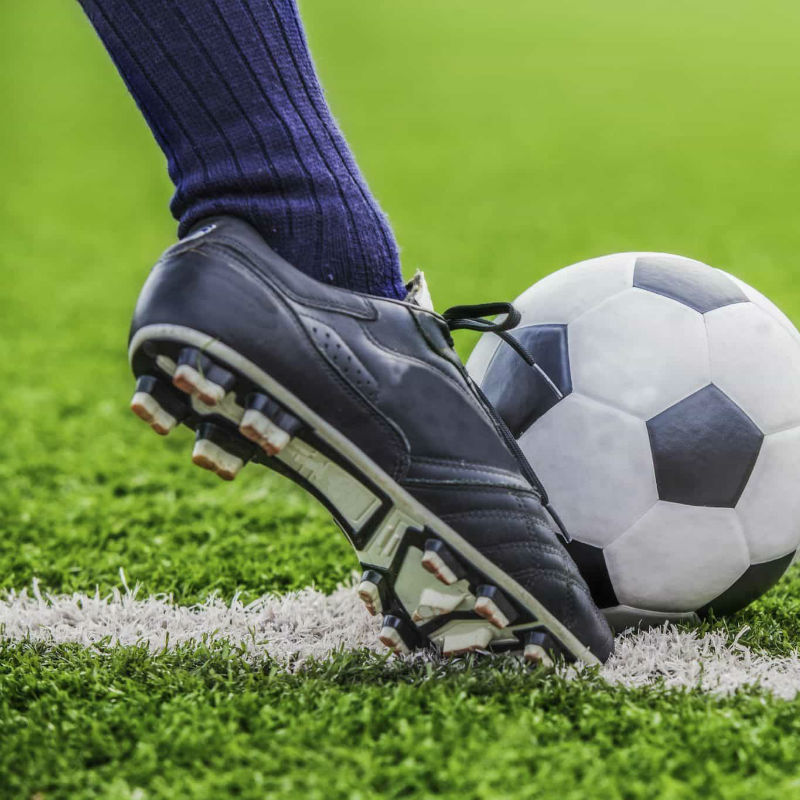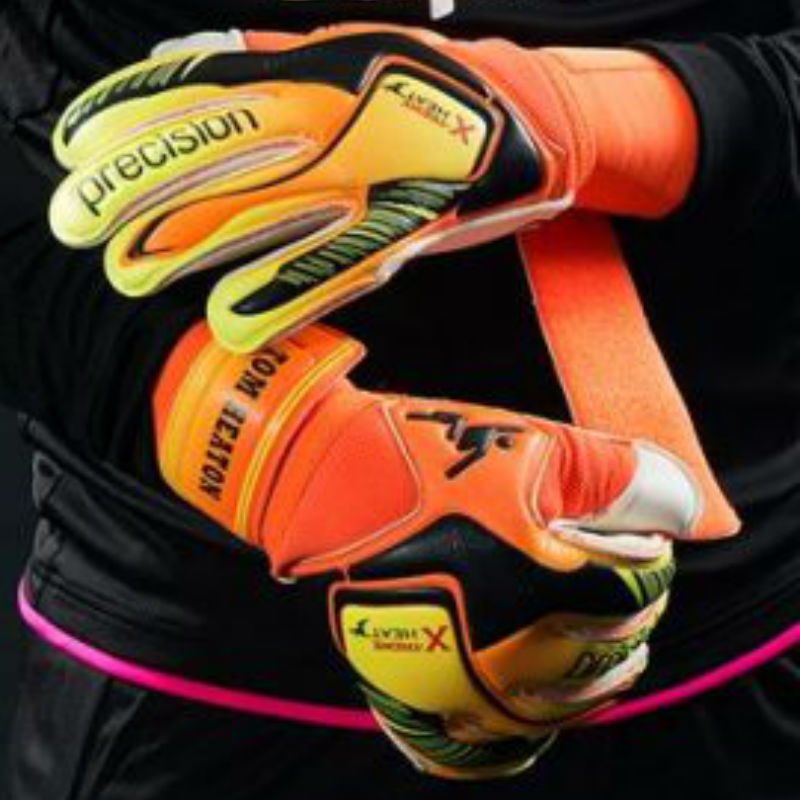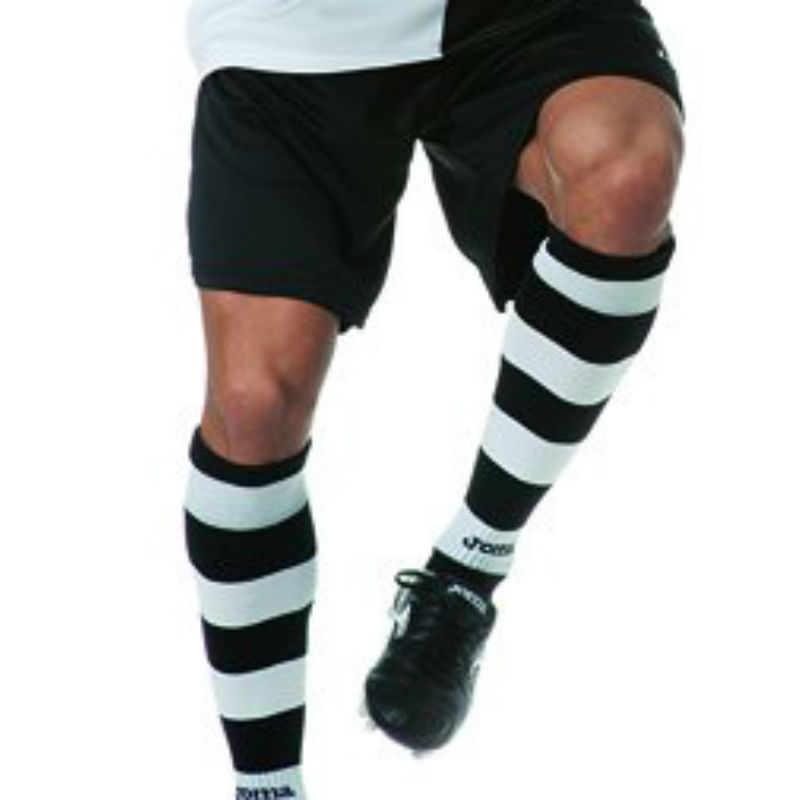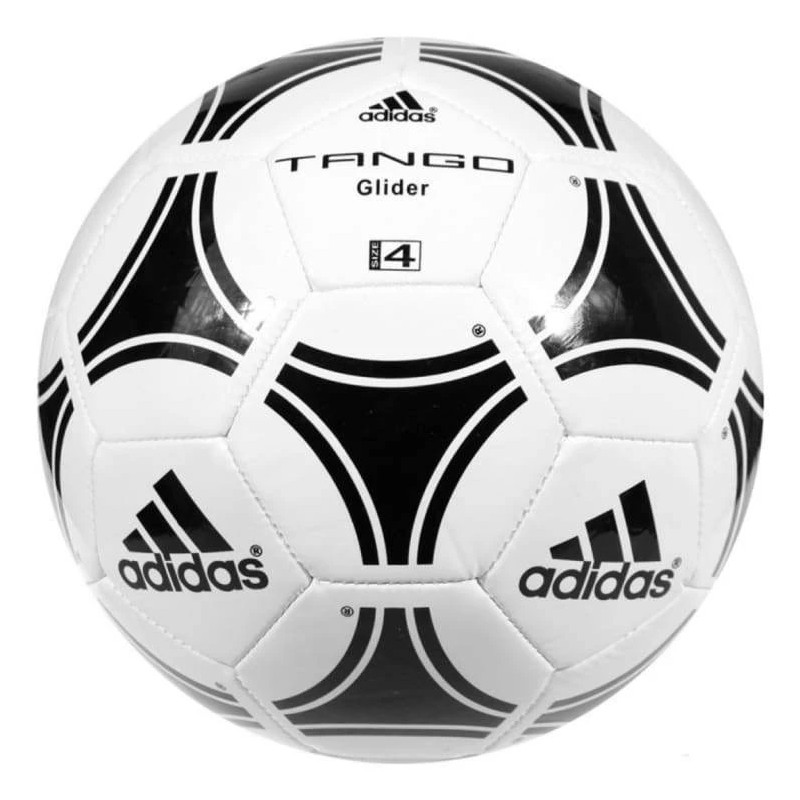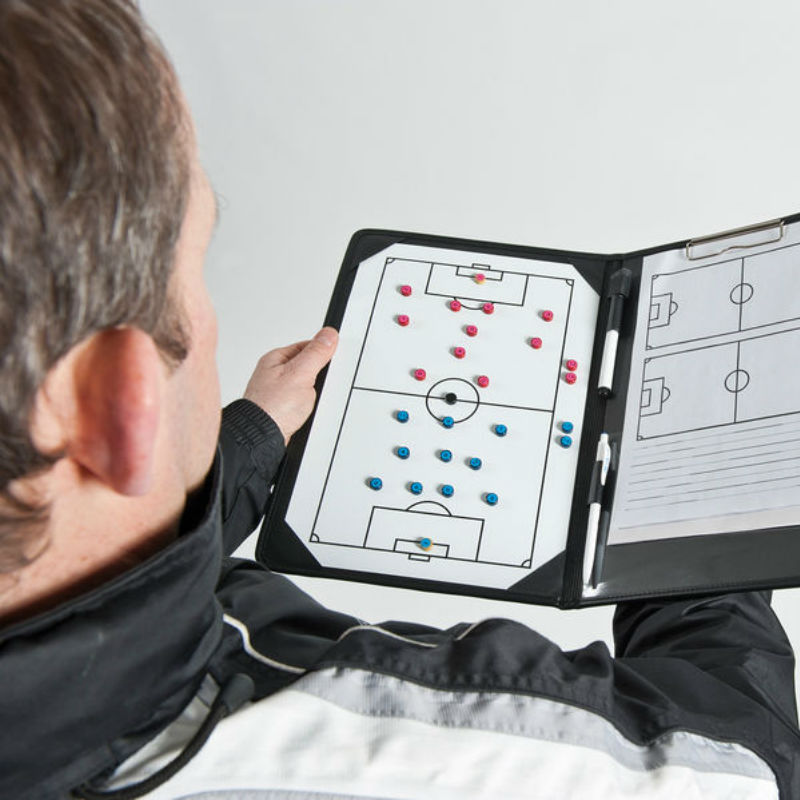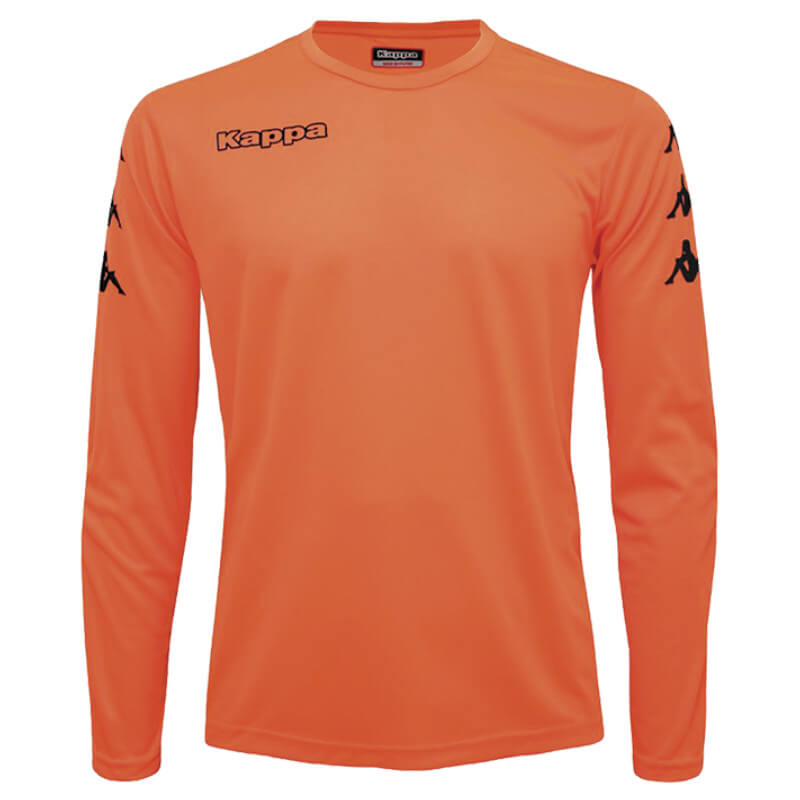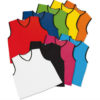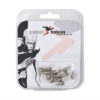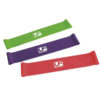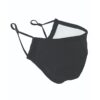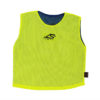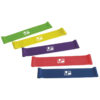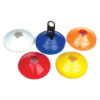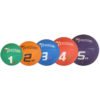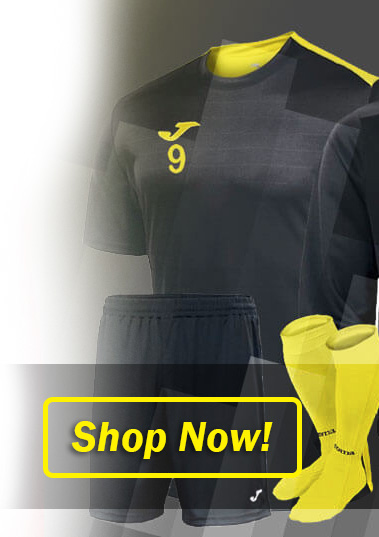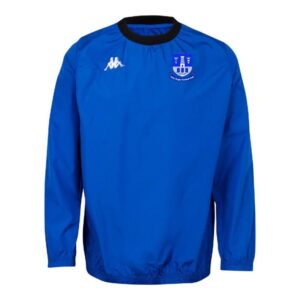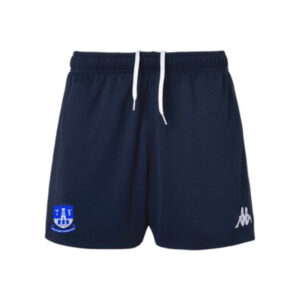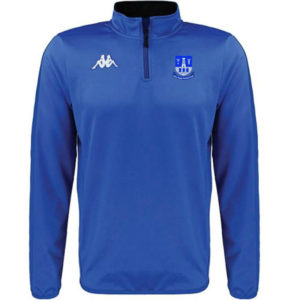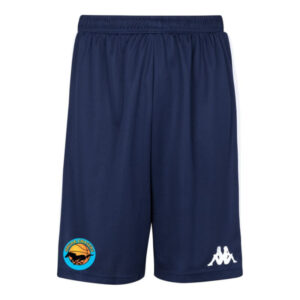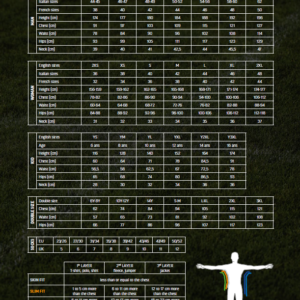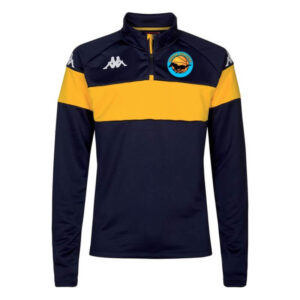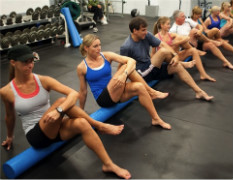No products in the cart.
Football, General Sports Advice, Other Sports, Running
Benefits of Using a Foam Roller
Foam rollers offer many of the same benefits as a sports massage, without the big price tag.
The foam roller not only stretches muscles and tendons but it also breaks down soft tissue adhesions and scar tissue. By using your own body weight and a cylindrical foam roller you can perform a self-massage or myofascial release, break up trigger points, and soothe tight fascia while increasing blood flow and circulation to the soft tissues.
How It Works:
[vc_separator type=’normal’ color=’#858585′ thickness=’1px’ up=’1px’ down=’1px’]The superficial fascia is a soft connective tissue located just below the skin. It wraps and connects the muscles, bones, nerves and blood vessels of the body. Together, muscle and fascia make up what is called the myofascia system. For various reasons including disuse, not enough stretching, or injuries, the fascia and the underlying muscle tissue can become stuck together. This is called an adhesion and it results in restricted muscle movement. It also causes pain, soreness and reduced flexibility or range of motion.
Myofascial release is a body work technique in which a practitioner uses gentle, sustained pressure on the soft tissues while applying traction to the fascia. This technique results in softening and lengthening(release) of the fascia and breaking down scar tissue or adhesions between skin, muscles and bones.
Myofascial release has also been shown to relieve various muscle and joint pains such as IT Band Syndrome and Shin Splints as well as improving flexibility and range of motion.
Foam rollers are inexpensive and with a bit of experimentation you can target just about any muscle group. Rollers such as the Grid Foam Roller have a unique design and construction that provides a more targeted trigger point self massage.
Using a foam roller is simple, but working some areas may take a bit of practice and some body contortion. You start by finding a relatively open area with some floor space. Position your body with the area you want to work on top of the foam roller. Your body weight creates the pressure that massages and releases tight spots in the fascia. You control the pressure by applying more or less body weight on the foam roller and using your hands and feet to offset your weight as needed. It’s helpful to try a variety of positions and see what works best for you.
Tips for Using a Foam Roller
[vc_separator type=’normal’ color=’#858585′ thickness=’1px’ up=’1px’ down=’1px’]- Always check with your doctor before using a foam roller for myofascial release.
- Perform foam roller sessions when your muscles are warm or after a workout.
- Position the roller under the soft tissue area you want to release or loosen.
- Gently roll your body weight back and forth across the roller while targeting the affected muscle.
- Move slowly and work from the center of the body out toward your extremities.
- If you find a particularly painful area (trigger point), hold that position until the area softens.
- Focus on areas that are tight or have reduced range of motion.
- Roll over each area a few times until you feel it relax. Expect some discomfort. It may feel very tender or bruised at first.
- Stay on soft tissue and avoid rolling directly over bone or joints.
- Keep your first few foam roller sessions short. About 15 minutes is all you need.
- Rest a day between sessions when you start.
- Drink plenty of water after a session, just as you would after a sports massage.
- After a few weeks you can increase your session time and frequency if you choose.
- Do not use a foam roller without your physician’s approval if you have any heart or vascular illness or a chronic pain condition.




